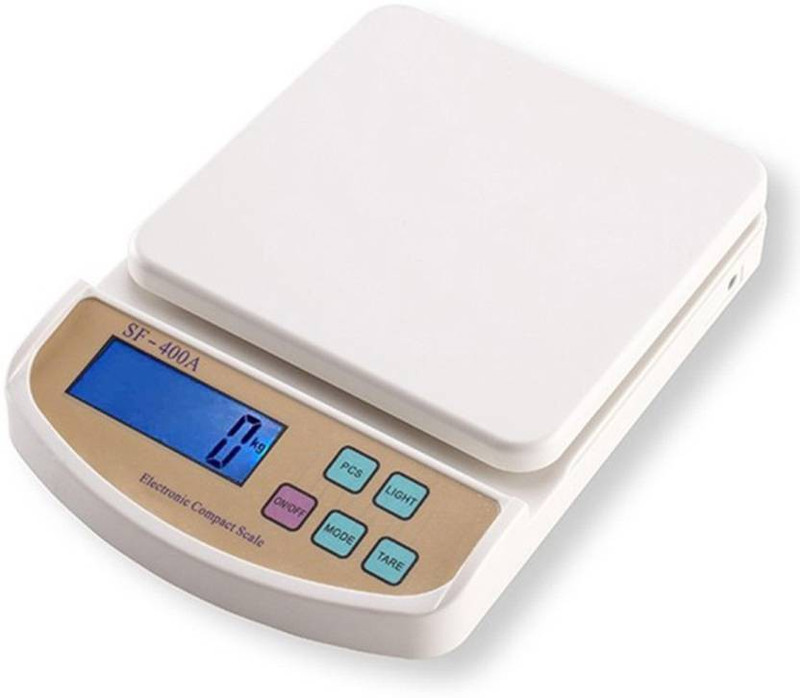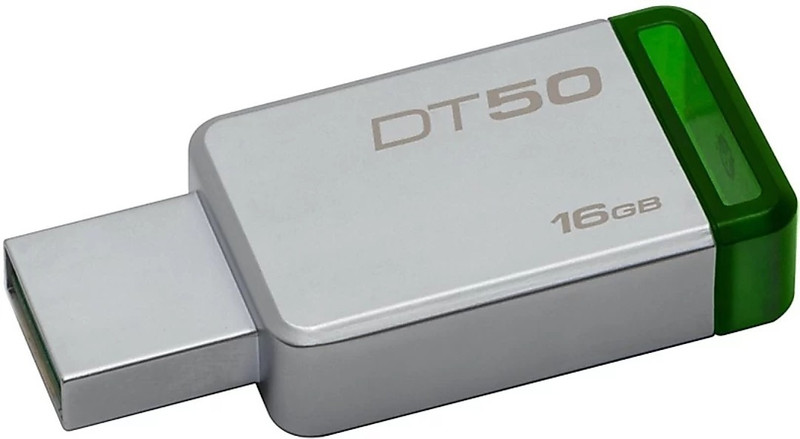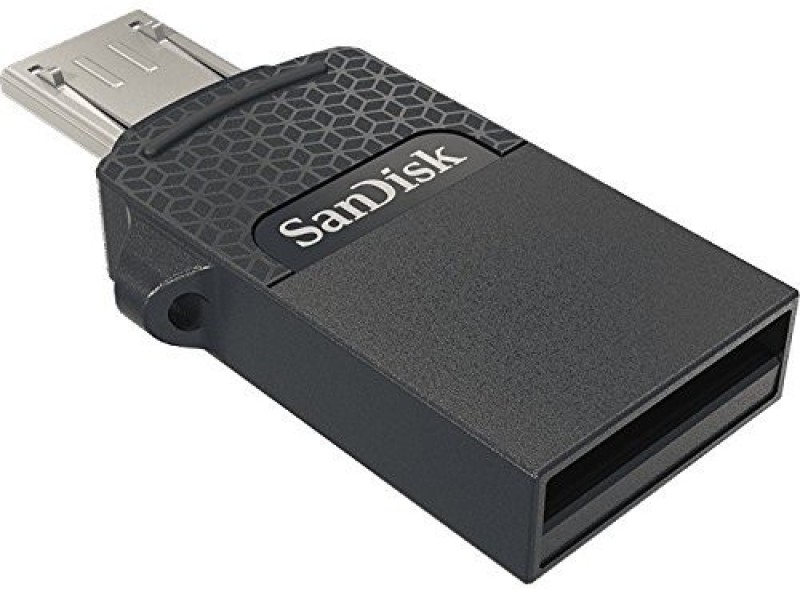Buying An Induction Stove? Donot Overlook These 8 Crucial Features

There's something quietly satisfying about the hum of an induction stove, precise, efficient, and a bit futuristic. These cooktops have surged in popularity over recent years, and it's easy to see why. They boil water in a blink, stay cool to the touch, and offer control that gas stoves can only dream of. But here's the catch: not all induction stoves are created equal.
In the whirlwind of marketing terms, digital displays, and glowing reviews, it's tempting to just grab the first model on sale. Yet, a bit of insider knowledge can go a long way. Whether you're upgrading your kitchen or replacing an old stove, this guide highlights the eight essential features that make all the difference, from safety smarts to those often-overlooked conveniences. Let's dive in and make sure your next induction stove is truly up to the task.
Also Read: 10 Common Mistakes People Make When Using An Induction Cooktop
1. Power Settings That Suit Your Cooking Style
Power levels might sound like a dry detail, but they're the heart of your cooking experience. Think of them as your stove's personality: is it a gentle simmerer or a rapid-boil enthusiast?
Basic models may offer five or six levels, but the better ones give you ten, twelve, or even more. Why does this matter? Because different meals demand different moods. A slow-cooked curry needs a low, steady heat, while stir-fried veggies want that instant sizzle. With more power levels, you get finer control, no more burnt onions or undercooked pasta.
A model with ‘booster mode' is a real winner. It delivers a quick burst of high heat, great for boiling water in record time. But make sure it doesn't come at the cost of other zones losing power. Some cheaper models divert energy, leaving you with one super-hot ring and a sad, lukewarm second burner. Best to check how power is shared before buying.
2. Size And Number Of Burners: It's All About Your Routine
How many pots do you usually juggle on a busy evening? Just one or two for a quiet dinner, or a full-blown spread with sauces, sides, and the main event? The size and number of burners can make or break your workflow.
Most induction hobs come with four zones, which suits a typical household. But not all zones are equal. Some are smaller, perfect for sauces, while others are big enough for hefty soup pots. Flexible zone designs, sometimes called ‘bridge zones', are a clever touch. They let you combine two burners into one larger area, ideal for griddle pans or big family casseroles.
Also, keep an eye out for auto-sizing burners. These smart sensors detect the size of your pan and adjust the heat accordingly. Not only does this save energy, but it also makes sure your food cooks evenly, with no random hotspots.
3. Safety Features That Let You Cook With Peace Of Mind
One of the biggest reasons people switch to induction is safety, especially with kids or curious pets around. But not every model goes the extra mile. Look for stoves that come loaded with child locks, auto shut-off, and pan detection.
The beauty of induction is that it only heats where there's metal contact, no pan, no heat. Still, it's reassuring when the hob shuts off automatically if it senses overheating or a forgotten pot. Some even sound an alert if something boils over or if you accidentally leave a cloth on the surface.
Touch-sensitive controls are stylish, but they can be fiddly with wet hands or when in a hurry. A lock function prevents accidental button taps, a small feature, but a sanity-saver during hectic cooking sessions.
All in all, a good safety system shouldn't just protect your family; it should also take some of the worry out of everyday cooking.
4. Intuitive Controls That Don't Feel Like A Puzzle
Let's face it, no one wants to wrestle with a hob's control panel while dinner's on the brink of disaster. The best induction stoves come with user-friendly controls that feel more like a helpful assistant than a cryptic riddle.
Look for individual zone controls instead of a shared interface. It's easier, quicker, and reduces mistakes. Slide-touch controls are a fan favourite, they let you glide your finger to adjust the temperature smoothly. Some models even come with touchscreen displays that show timers, temperatures, and notifications in real-time.
Timed cooking is another handy trick. Set your sauce to simmer for 20 minutes, and the hob will turn off automatically. It's like having a built-in sous chef who never forgets.
Bonus points for models with smart connectivity. If you can control the hob from your phone or get alerts when something's ready, your kitchen suddenly feels a whole lot more 21st century.
5. Pan Compatibility And Detection Features
Not all pans play nicely with induction. If it doesn't have a magnetic base, it simply won't heat. So unless you're starting fresh with a full cookware set, it's worth knowing whether your favourite frying pan will still be in the game.
Look for a stove with smart pan detection. This means it only activates when a compatible pot is present, saving energy and reducing accidents. Some higher-end models even show you if your pan isn't quite centred or if it's too small for that burner.
If you cook with a wide range of pan sizes, a hob with flexible zones can be a game-changer. These adapt to whatever pot you place down, evenly distributing the heat without fuss.
And for those who hate guessing games, some stoves alert you if a pan isn't induction-friendly, a gentle nudge to upgrade that ancient aluminium saucepan you've had since uni.
6. Ease Of Cleaning, Because Nobody Loves Scrubbing
Here's where induction shines. Unlike gas hobs with fiddly grates and greasy crevices, induction stoves are smooth, flat, and gloriously easy to wipe down. But some are easier than others.
Models with seamless glass surfaces and touch controls are a breeze. There's nowhere for grime to hide, and a quick wipe with a damp cloth is usually all it takes. That said, not all glass is made equal. Look for scratch-resistant surfaces, because a few months in, those daily wipes can dull cheap materials.
Spills won't burn instantly like they do with traditional cookers, which is a huge win. But if you're regularly dealing with sugar or syrup, go for a model that handles sticky messes without staining. Some come with a special protective coating that makes cleaning almost therapeutic.
It's a small detail, but over time, you'll thank yourself for choosing a hob that doesn't double as a scrubbing workout.
7. Noise Levels, Because Kitchens Shouldn't Sound Like Airports
Surprise. Induction stoves aren't always silent. Many come with built-in cooling fans that kick in when things heat up. While it's not exactly thunderous, the hum can be noticeable, especially in quiet, open-plan homes.
Some models are louder than others. Budget versions often cut corners on fan quality, leading to higher noise levels. Mid- and high-range stoves tend to run quieter, so it's worth checking reviews for real-world feedback on this one.
If you like listening to music or chatting while cooking, an ultra-loud hob might cramp your vibe. It's one of those features people don't think about, until they realise the pasta is boiling and they can't hear the telly.
Look for models that mention low-noise operation or whisper-quiet fans. It might seem minor, but for a peaceful kitchen atmosphere, it's a real plus.
8. Energy Efficiency And Eco-Friendliness
Let's talk green credentials. Induction stoves are already more energy-efficient than gas or traditional electric cookers, but some go even further with clever eco features.
Look for models that boast energy efficiency ratings or include power-saving modes. Some adjust their output automatically based on your pan size or dish type, helping cut down on electricity usage without you even noticing.
Fast heating means less time spent cooking, which also reduces your energy bills over time. And if your hob can remember recent settings, you won't waste energy fiddling with the heat every single time.
Eco-conscious brands are even designing cooktops from recyclable materials or integrating smart technology to track energy usage. So if you're trying to lower your carbon footprint, or just save a few pounds on your energy bill, it's worth investing in a model that's doing its bit for the planet.
Product Related To This Article
1. Pigeon 1800 W Induction Cooktop Push Button
2. PHILIPS 2100 W Induction Cooktop Push Button
3. Prestige 1200 W Induction Cooktop Push Button
4. BAJAJ 1900 W Induction Cooktop Touch Panel
5. Butterfly 1700 W Induction Cooktop Push Button
6. Longway 2000 W Induction Cooktop Push Button
7. V-Guard 1400 W Induction Cooktop Push Button
8. USHA 1600 W Induction Cooktop Push Button
Buying an induction stove isn't just about picking the one that looks best in a showroom. It's about understanding how the right features can turn everyday meals into something smoother, safer, and more enjoyable. From power settings to noise levels, each detail plays its part in shaping your cooking routine.
Think of your stove as a silent partner in the kitchen, reliable, responsive, and (hopefully) low-maintenance. Choosing wisely means fewer headaches and more headspace to focus on what really matters: great food, good company, and a kitchen that works with you, not against you.
So next time you're eyeing that glossy cooktop, keep these eight features in mind. Your future self, and your future meals will thank you.
Disclaimer: The images used in this article are for illustration purpose only. They may not be an exact representation of the products, categories and brands listed in this article.





























